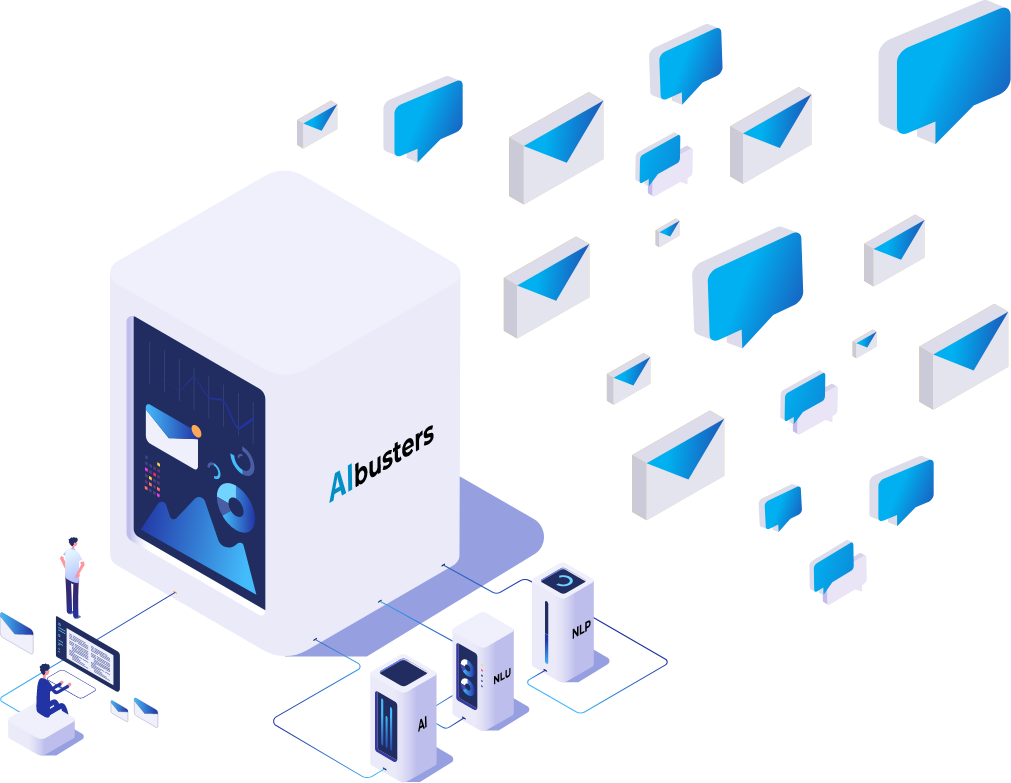How to improve the analysis, categorization and message attribution in banking?

Technology development changes the way we look at customer service in the banking industry. On the one hand, there are more and more customers who want to quickly communicate with the bank through convenient online channels. On the other hand, there is a dynamic development of the banks’ offer. Often these are not only products and services, but also offers of external partners, for example insurance and loyality programs. The amount of knowledge and regulations to be assimilated of often limited offers is so large that even the best customer service consultants have problems with efficient and quick handling of all inquiries. In the face of a large number of messages, the information provided is often basic and unsatisfactory for customers, and the need for consultation extends the response time. A communication bottleneck is created that often discourages clients from choosing the offer they are interested in or changing the contact channel and duplicating communication on already busy phone channels.
The banking industry is dealing with the problem by creating departments specialising in specific categories of enquiries, e.g. current accounts, investments, consumer and mortgage loans, business services, online banking and new payment technologies, complaints and internal BOK support. Specialists in specific areas take over the enquiries sent by the first line of consultants in order to address customer questions as accurately as possible. This improves the quality of messages, but is still difficult and time-consuming in terms of organization. Not to mention the need to integrate messages in all online channels. How can this be remedied?
Intelligent AI Busters categorization
New technologies are coming to the aid of the banking industry to deal with one of the biggest problems of communication with customers. The AI Busters engine, using advanced AI dictionaries and algorithms, analyses incoming correspondence, assigning it to a specific category – model. Message content can be used to authorize the client. The message is analyzed using artificial intelligence elements: natural language processing (NLP) and understanding the context of the message content (NLU). In the e-mail message, the subject field is also analysed. The analysis is carried out all the time, by mass, saving the time of consultants, who do not have to read the message only to send it further. Categorised messages are forwarded for further processing automatically by AI Busters . Everything happens in a safe environment.
AI Busters’ message attribution and attachment checking
The categorised message is also analysed for the required attachments. If there are no attachments, AI Busters can automatically send a message asking client to send them. The completed and categorized message is sent to the appropriate unit or dedicated specialist for further processing. The system can automate the response or prepare a personalized response suggestion, making further work with the message easier. This solution works well not only in communication with customers, but also in internal processes. AI Busters makes sure that important information always reaches the responsible workers and units.
Processing, categorizing and automatic message attribution has a significant impact on saving time, achieving the assumed goals and KPIs, and above all – on the speed, efficiency and quality of service, which translates into the perception of the bank as modern and customer-friendly.
„In the age of electronic communication and cost optimization, hiring more consultants is no longer sufficient. Our analysis of the banking industry suggests that automation of correspondence flow is one of the most important needs of complex organizations. Advanced message delegation based on the AI Busters engine has a positive effect on information flow, workflow and, most importantly, customer satisfaction and profit.”
Karol Kowalczyk, Co-founder AI Busters
